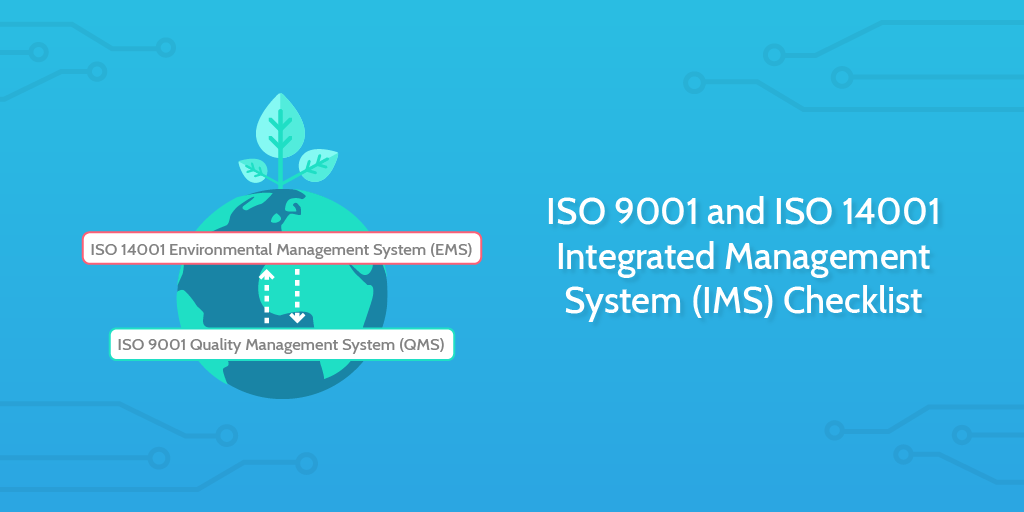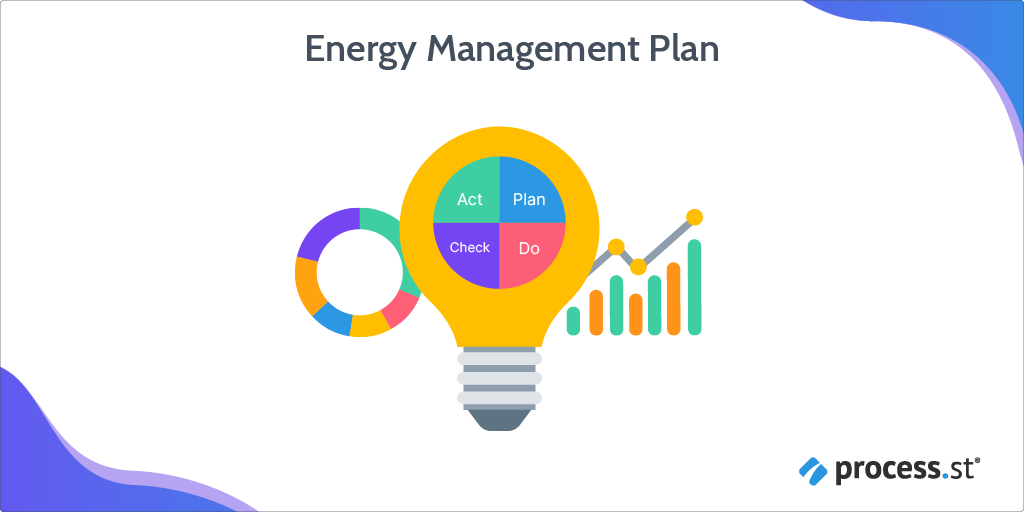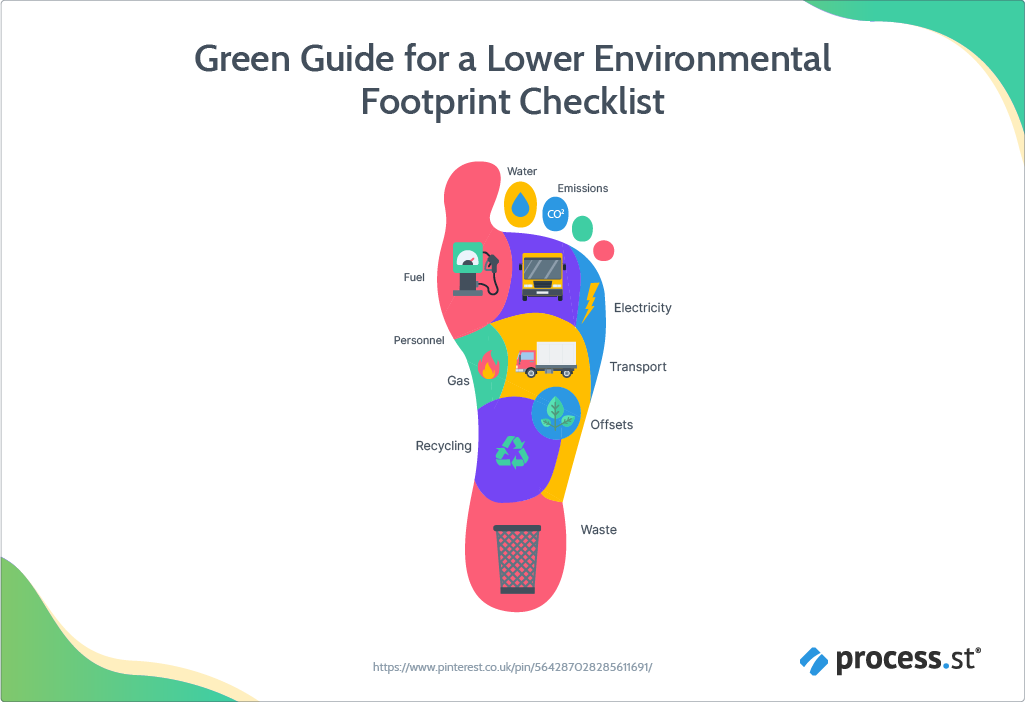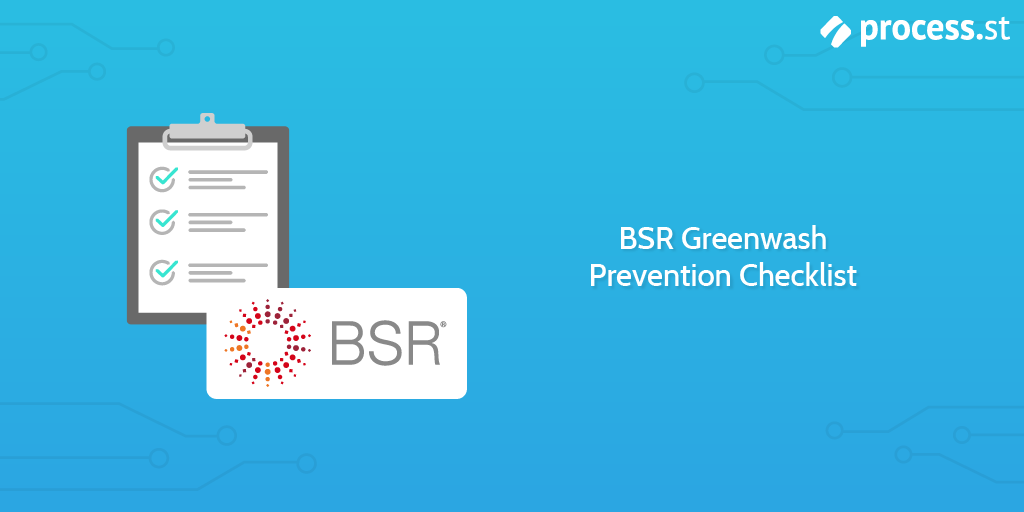As competition increases and alongside higher environmental awareness, more and more organizations are choosing to implement both ISO 9001 and ISO 14001 standards together in a single, unified integrated management system.
It should come as no surprise, as both standards share many similarities, both being based on the Annex SL management system standard.
Both quality management systems and environmental management systems are highly synergistic with one another.
The need for implementing both an EMS and QMS together in a single IMS has existed for a long time, and the trend is only growing. The best solution for this is to take them both on in one fell swoop, in the form of an integrated management system.
This checklist is designed to help you integrate your existing EMS and QMS policies and procedures, and consolidate two separate manuals into one.
By implementing both standards together into a single reference point, you will save yourself time and money by not having to do twice the work to update two separate management systems.
It will also allow you to align the environmental objectives with quality policies, and achieve further synergy between the two systems in service of your overarching business goals.
How and where to start implementing a singular integrated management system will be different for each company, but this checklist should offer you a firm starting point and get the ball rolling, providing you with actionable steps towards a complete IMS.
Let's get started with the checklist.







